Our project is proud to involve a dynamic group of young researchers who actively contribute to its scientific development.
These early-career scientists bring fresh perspectives, energy, and innovation to our work, playing a vital role in experimental design, data analysis, and theoretical modeling.
Below, they share who they are, what they do, and how they contribute to the project
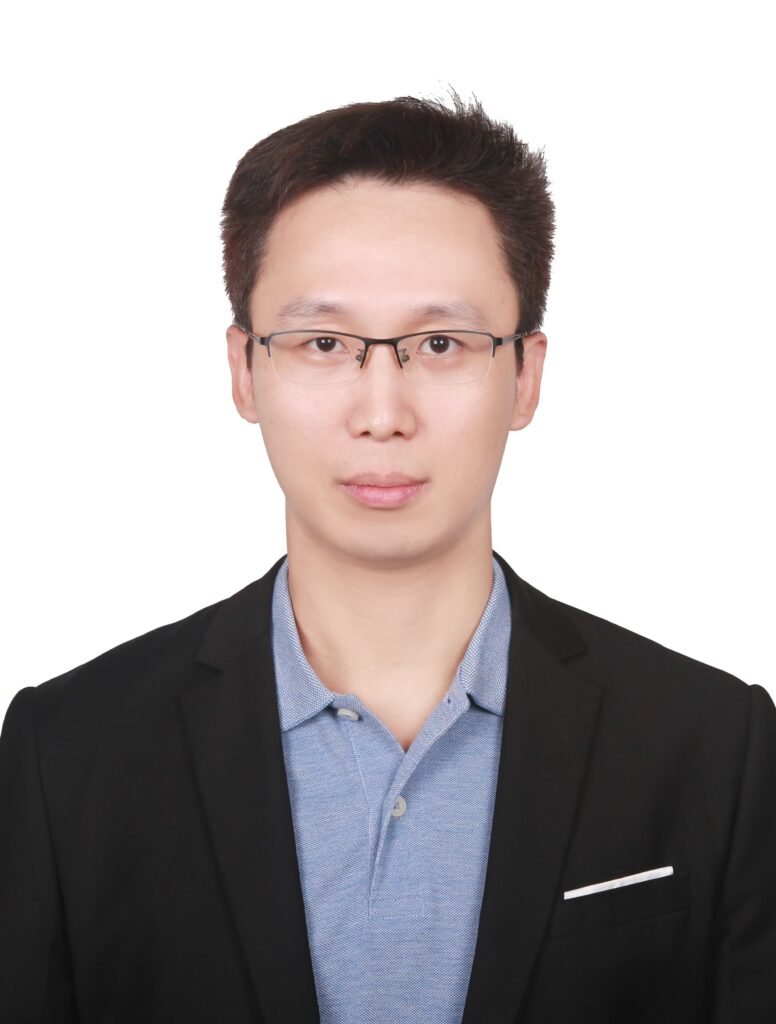
I’m Yu Chen, a junior researcher at CNR-SPIN (Naples) in the group of Marco Salluzzo. My research activity has focused on the physics and quantum application of transition metal oxide interfaces. My research studies in the last years have been in the field of photo-response of oxide 2DEGs and the application in artificial synapses [Phys. Rev. Lett. 124, 246804 (2020)] and, more recently, in the field of the coupling between ferromagnetism and ferroelectricity in oxide 2DEGs [Nat. Phys. 19, 823 (2023)] and the Berry physics [Adv.Mater. 37, 2410354 (2025)]. Now I’m focusing on spin-orbitronics and quantum spin-orbitronics based on low dimensional systems with large Rashba-like Spin-orbit coupling and characterized by magnetic, and superconducting properties.
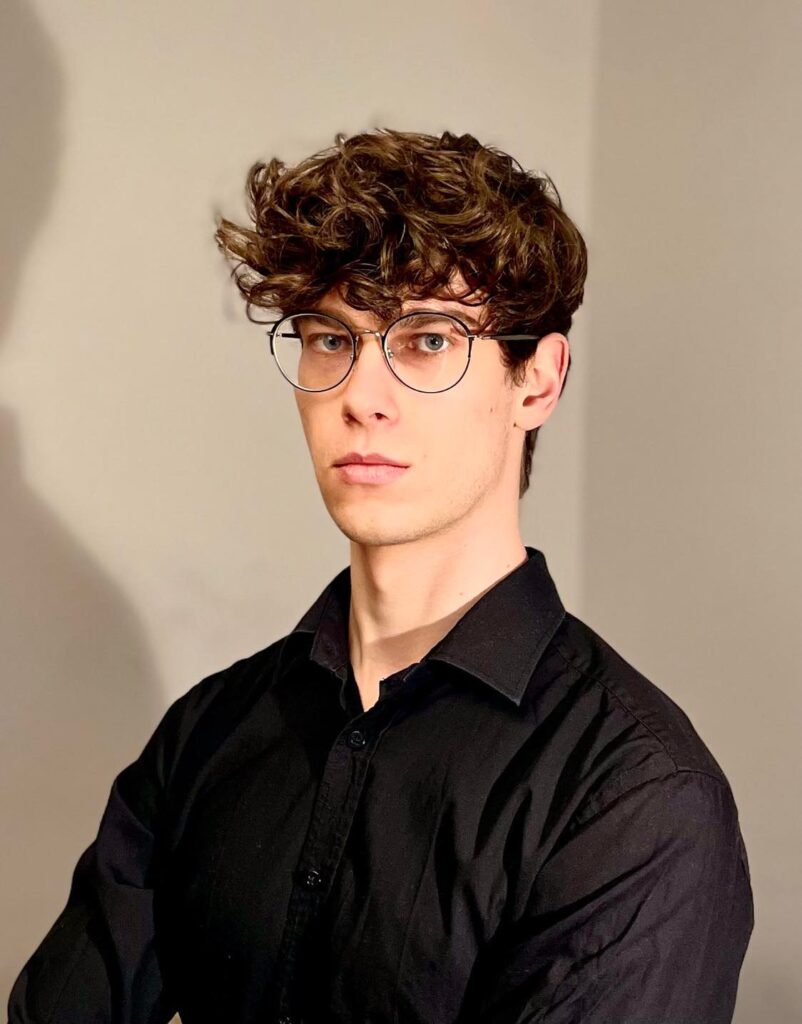
I am Julian Czarnecki and I am doing a PhD at AGH University of Krakow under Pawel Wojcik’s supervision. In my PhD I mainly focus on superconducting properties of transition metal oxides’ interfaces like LAO/STO and KTO, along with topological aspects of superconductivity. In the IQARO project I am responsible for theoretical studies of LAO/STO-based quantum dots. Primarily, I am investigating electric dipole spin resonance in multi-electron quantum dots, as well as nuances of implementation of basic logical operations, such as SWAP gates, in the system.
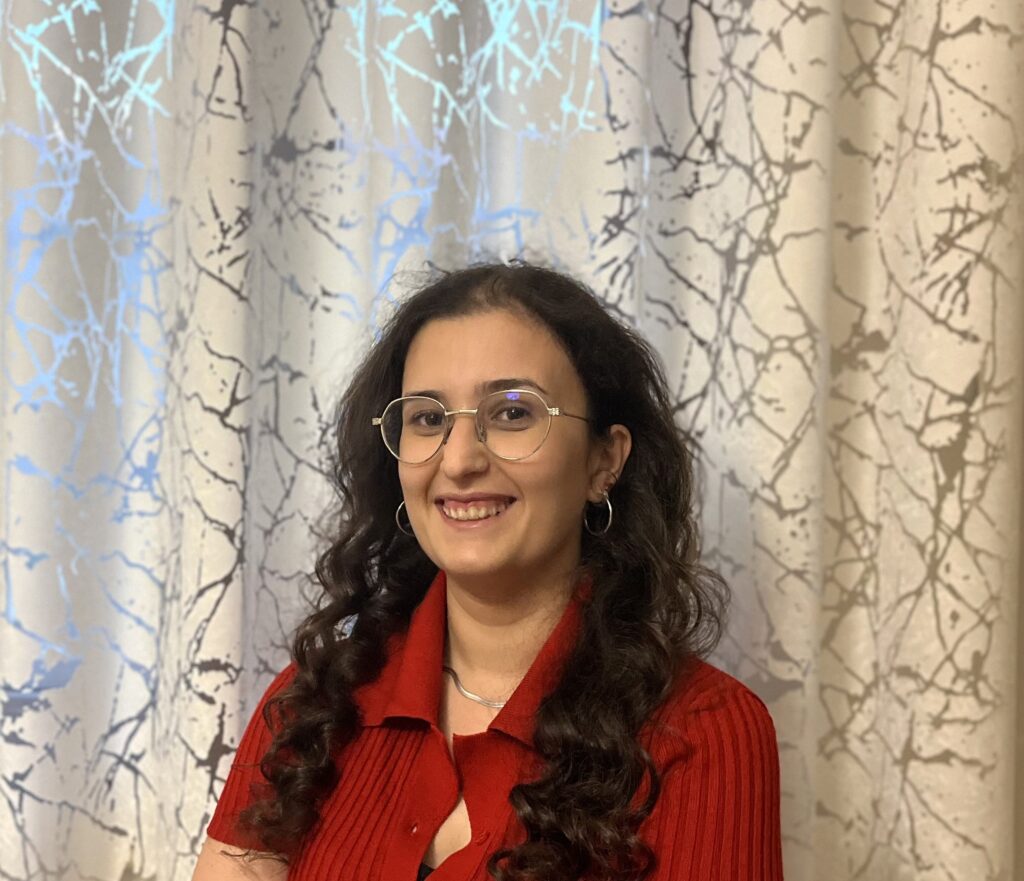
My name is Grazia Di Bello. I am a postdoctoral researcher at University of Naples Federico II and my research focuses on open quantum systems, especially many-body dynamics and system-bath interactions. I develop numerical methods combining density matrix renormalization group and time-dependent variational approaches to study equilibrium and dynamical properties beyond standard master equations. My work includes characterizing quantum phase transitions, exploring decoherence and information encoding, and investigating energy extraction in quantum batteries. I also study the interplay between topology and dissipation, and the role of entanglement in dynamical phase transitions. Currently, my research spans many-body localization, non-Hermitian physics, critical phenomena, and quantum transport and information encoding in single- and double-dot with fermionic leads, with a focus on probing system-environment effects using quantum information tools.
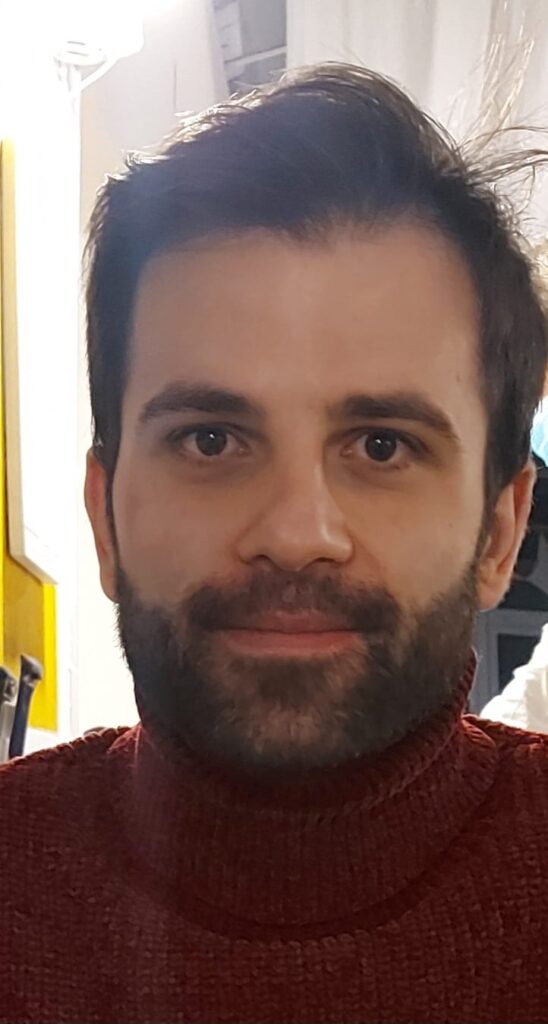
I’m Alfonso Maiellaro, a researcher at CNR Spin in Salerno, currently working on the IQARO project. My research activity is dedicated to the theoretical modeling and numerical simulation of charge and spin transport phenomena in spintronic mesoscopic devices. A significant part of my current work investigates charge-to-spin conversion mechanisms at the LaAlO₃/SrTiO₃ (001) interface under conditions of strong quantum confinement. These systems are of great interest for their complex interplay of spin-orbit coupling and confinement. My scientific background spans several areas of mesoscopic quantum transport, including quantum entanglement, topological superconductivity, and proximity effects in hybrid nanostructures. I combine analytical approaches with advanced numerical techniques, such as exact diagonalization and the density matrix renormalization group (DMRG), to study strongly correlated systems.
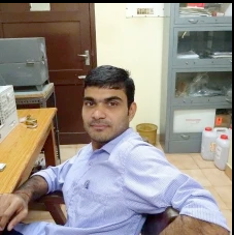
I am Martando Rath, Marie Sklodowska Curie Actions Postdoctoral Researcher in CNR-SPIN, Napoli, in the group of Marco Salluzzo. In this project, I focus on the growth and characterisation of multiferroic 2D electron gases. Within the IQARO project, I participate in the growth and transport measurement of LAO/STO structure. I also contribute to the processing of the single-crystal STO substrate using standard HF-etching and annealing processes to obtain single-terminated TiO2-terrace morphology.
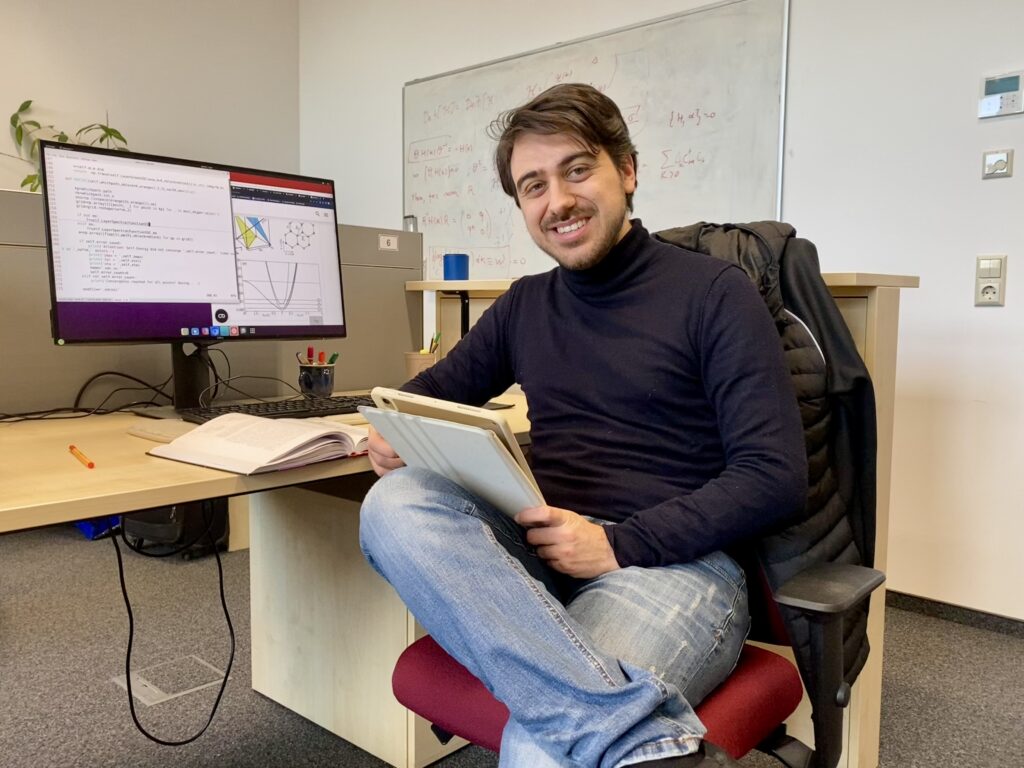
I’m Mattia Trama, a junior researcher at the University of Salerno in the group of Roberto Citro. During my PhD, I focused on the transport and topological properties of the (111) LAO/STO interface, with particular attention to the role of spin-orbit coupling in shaping the electronic structure. Within the IQARO project, I’m studying spin-to-charge conversion in the confined LAO/STO interface. My work involves tight-binding modelling of the two-dimensional electron gas at the interface, with a focus on the self-consistent electronic confinement arising from screening effects. I’m also computing both the spin and orbital Edelstein effects that emerge in this Rashba-type system.